When you type "What is React" into the search bar, you'll typically get the answer: "A JavaScript library for building user interfaces (UI)". This answer is correct, but it completely fails to capture the scale, power, and influence of React in the modern technology world.
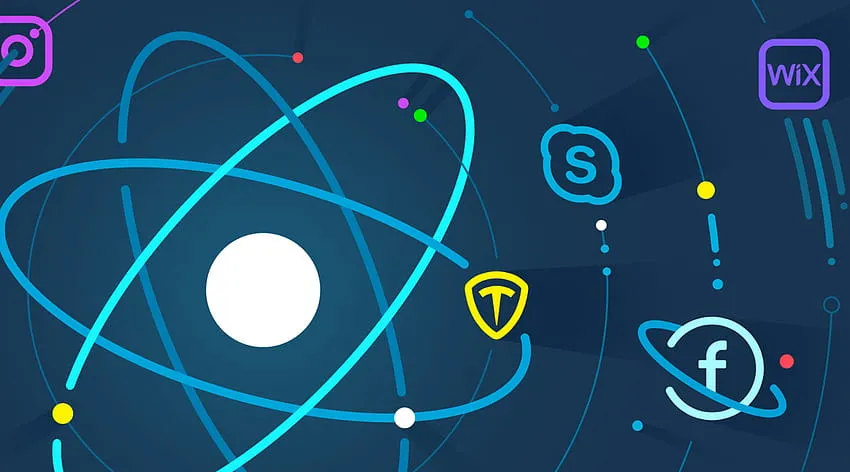
So, what can React actually do?
The short answer: React is the key to building almost every digital experience you can imagine. From the smooth websites you browse daily, the mobile apps you can't put down, to powerful desktop applications and even virtual reality worlds.
This article will be a detailed map, guiding you through React's enormous ecosystem, so you can see that its capabilities extend far beyond what you think.
1. Solid Foundation: Building Modern Web Interfaces
This is the beginning and also React's "home turf."
Single Page Applications (SPAs)
This is React's core strength. Instead of reloading the entire page every time a user clicks a link, React only updates the necessary parts.
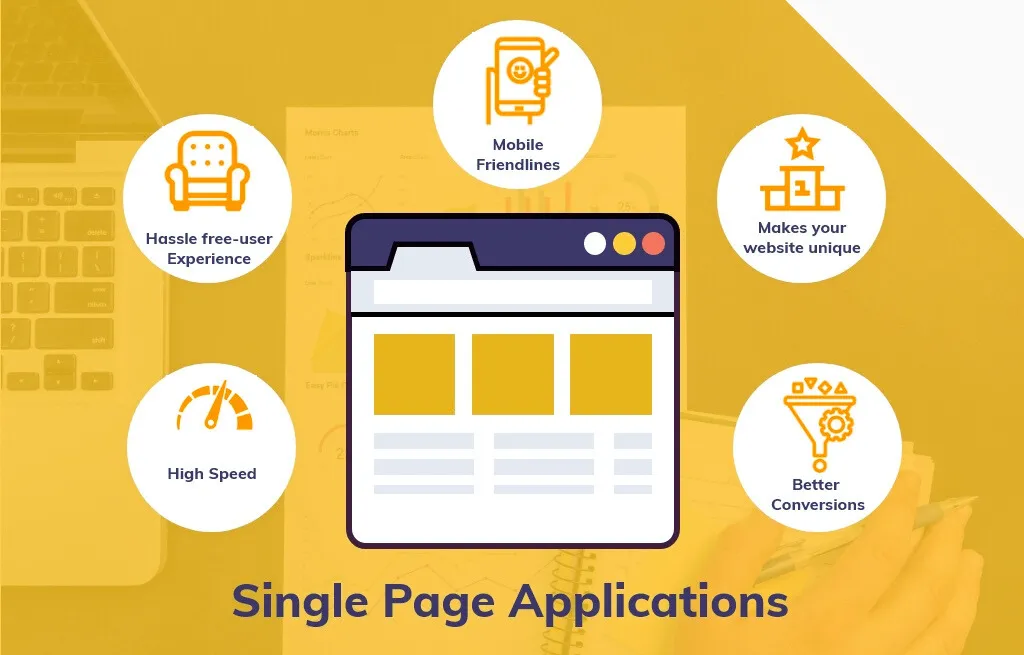
- User Experience: Smooth, lightning-fast, bringing the feel of a real application right in the browser.
- Typical Examples: Facebook, Instagram, Netflix, Airbnb... When you scroll endlessly through News Feed or browse through movies on Netflix without seeing the page reload, that's the power of SPAs.
SEO & Speed Optimized Static Sites (Static Sites & SSR)
A common misconception is that React pages are difficult for SEO. This is a thing of the past. With React-based frameworks like Next.js and Gatsby, you can create:
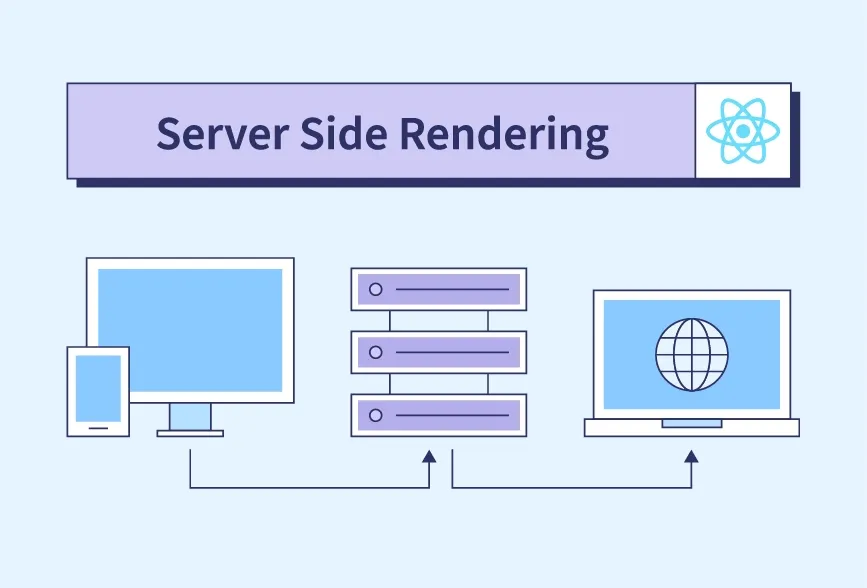
- Super-fast websites: By pre-building static HTML pages (Static Site Generation - SSG) or rendering them server-side (Server-Side Rendering - SSR).
- Absolutely SEO-friendly: Google's search engines can read content easily, helping your website rank higher.
- Applications: Blog pages, news websites, e-commerce sites, product landing pages. Numerous major news sites and world-leading e-commerce systems are using Next.js.
With React, you can build any type of website, from a simple portfolio page to a complex social network system or a massive e-commerce platform.
2. Beyond the Browser: Mobile App Development
This is when React's power truly explodes and changes the game. With React Native, you no longer need to build two separate applications for iOS and Android.
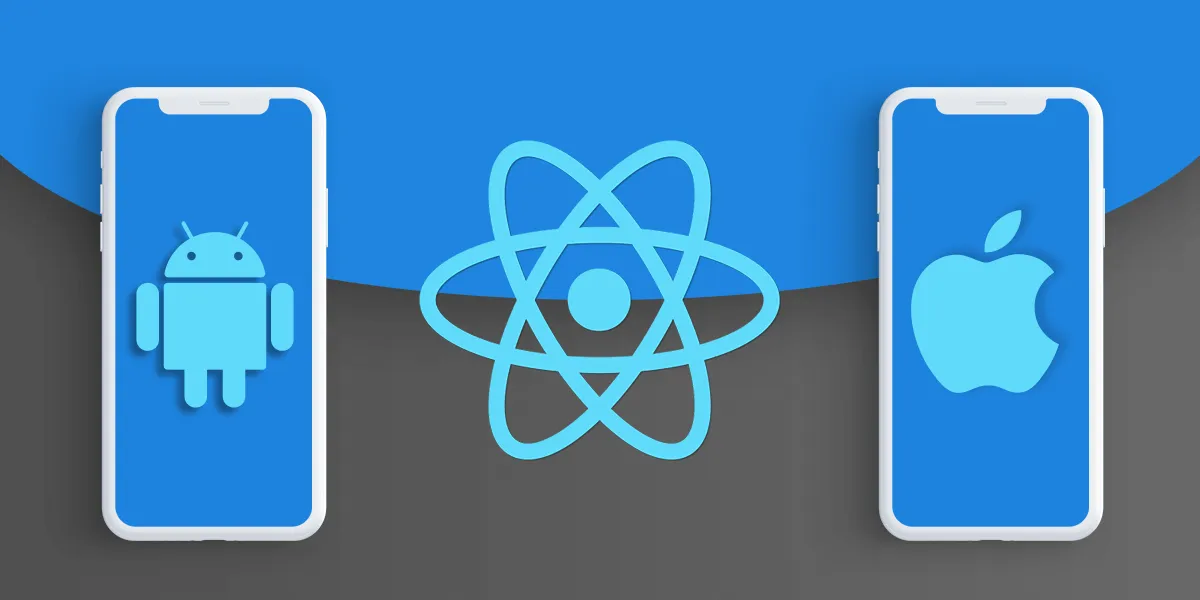
"Learn Once, Write Anywhere"
React Native allows developers to use their React knowledge to build mobile applications:
- Near-Native Performance: Unlike solutions that "wrap" websites in an app, React Native compiles your components into native iOS and Android interface elements. The result is apps that run fast, smooth, and responsive.
- Time and Cost Savings: Just one development team, one codebase for both platforms. This helps reduce up to 50% of development costs and time.
- Industry Giants Trust It: Facebook, Instagram, Skype, Shopify, Tesla, Discord... all use React Native for their mobile apps. The fact that you're using one of these apps daily is the clearest proof of React Native's success.
React breaks down the barrier between web and mobile development, enabling efficient creation of high-quality cross-platform applications.
3. Conquering the Big Screen: Desktop App Development
You think web technology can't create computer applications? Think again. With frameworks like Electron or Tauri, you can "package" your React application into a .exe file for Windows or .dmg for macOS.
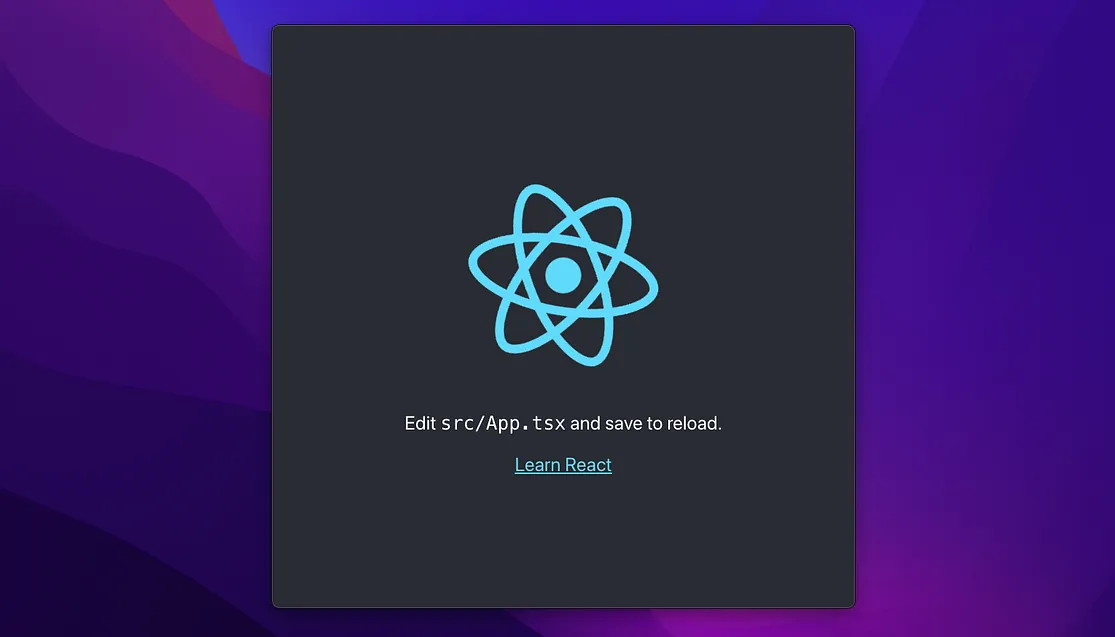
- Familiar and Fast: Web developers can leverage their HTML, CSS, and JavaScript/React skills to build desktop apps without learning complex languages like C++ or Swift.
- True Cross-Platform: The same codebase can run on Windows, macOS, and Linux.
- Famous Examples: Slack, Visual Studio Code, Discord, WhatsApp Desktop... It's very likely that one of the software you're using for work is built from web technology and React.
React allows you to bring your web application experience directly to users' desktop screens, creating a unified product ecosystem.
4. "Expanding Horizons": Unexpected Fields
React's capabilities don't stop at conventional screens.
- Virtual Reality (VR): With React-XR, developers can use React's familiar syntax to build interactive VR experiences right in the browser.
- Smart TV: React can be used to build user interfaces for smart TV applications. The Netflix interface on your TV is an example.
- Command Line Interfaces (CLI): With the Ink library, you can build beautiful, interactive, and powerful command-line tools using React components.
Why Can React "Do So Many Things"?
This extraordinary power comes from 3 core factors:
- Component-Based Architecture: React treats everything as a "component" - an independent, reusable Lego block. You can build a button, then reuse it everywhere, from websites, mobile apps to desktop.
- Separation of Logic and Rendering: React itself is just logic. It manages state and decides what needs to be displayed. The how to display (render to web DOM, native iOS/Android components, or desktop windows) is handled by different "renderers" (like React-DOM, React Native). This is the secret to its cross-platform capability.
- Massive Ecosystem and Community: Whatever you want to build, someone in the React community has almost certainly created a tool for it. From state management (Redux, Zustand), routing (React Router), to UI kits (Material-UI, Ant Design)... you never have to start from scratch.
Conclusion: React Is Not Just a Tool, But an Ecosystem
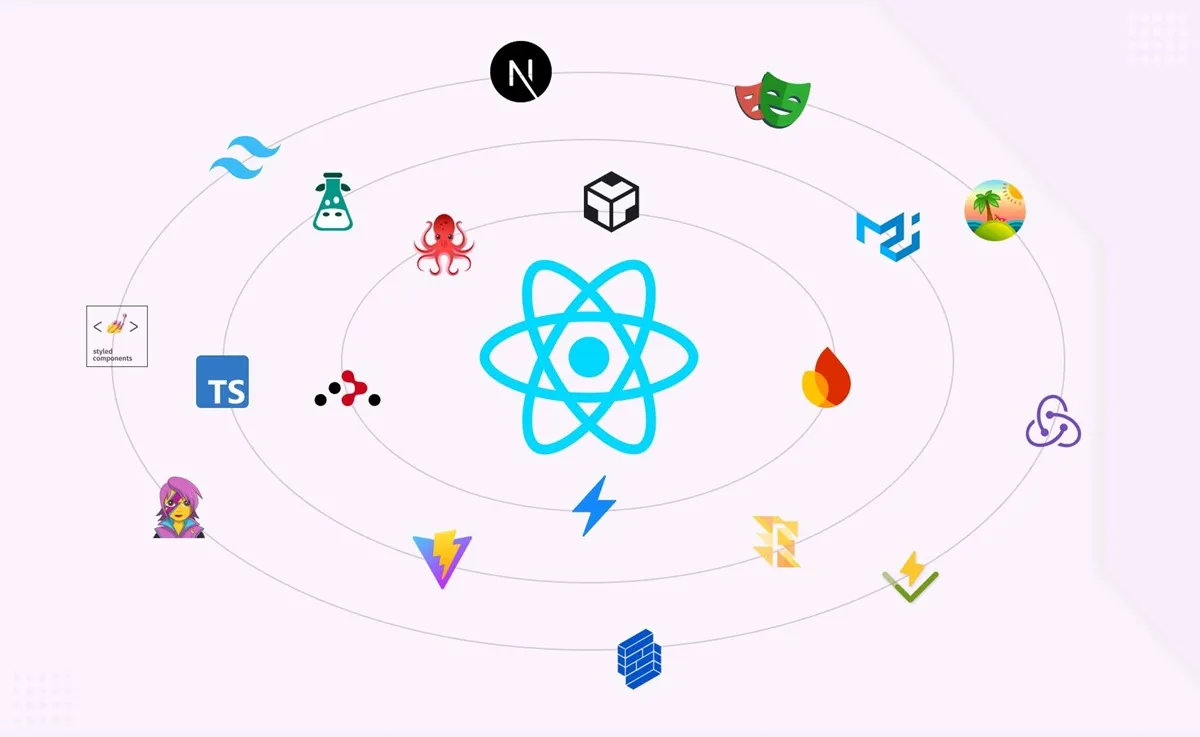
Back to the original question: "What can React do?"
The most accurate answer is: React provides a methodology, a philosophy, and a toolkit for building almost any type of digital interface on any platform. It's not just a library, but a vast ecosystem that empowers developers to turn ideas into reality quickly, efficiently, and scalably.
So, next time you browse the web, open an app on your phone, or use software on your computer, ask yourself: "Could React be running behind this amazing experience?". The chances are very high that the answer is "Yes".
![[Advanced React] A Detailed Guide to Time Slicing and Scheduling in React](/images/blog/time-slicing-and-scheduling-in-react.webp)
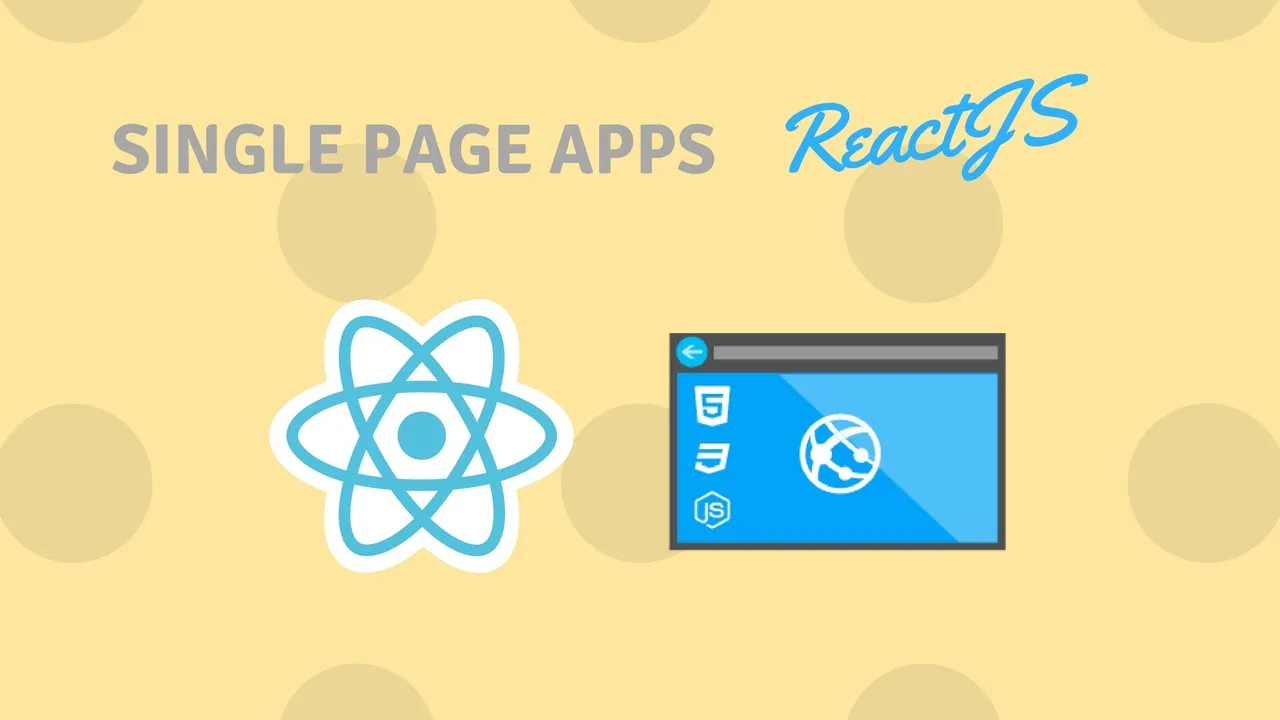
![[React Basics] The Most Effective Ways to Use Conditional Rendering in React](/images/blog/conditional-rendering-in-react.webp)
![[Advanced React] What is React Fiber? Understanding Its Architecture and How It Works](/images/blog/react-fiber.webp)